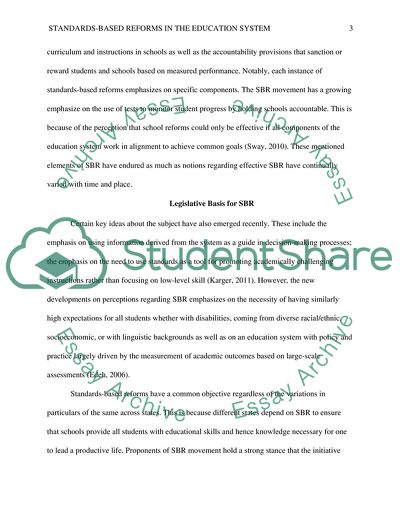Cite this document
(Education and Training in Developmental Disabilities Report Example | Topics and Well Written Essays - 1500 words, n.d.)
Education and Training in Developmental Disabilities Report Example | Topics and Well Written Essays - 1500 words. https://studentshare.org/education/1808480-standard-based-reform
Education and Training in Developmental Disabilities Report Example | Topics and Well Written Essays - 1500 words. https://studentshare.org/education/1808480-standard-based-reform
(Education and Training in Developmental Disabilities Report Example | Topics and Well Written Essays - 1500 Words)
Education and Training in Developmental Disabilities Report Example | Topics and Well Written Essays - 1500 Words. https://studentshare.org/education/1808480-standard-based-reform.
Education and Training in Developmental Disabilities Report Example | Topics and Well Written Essays - 1500 Words. https://studentshare.org/education/1808480-standard-based-reform.
“Education and Training in Developmental Disabilities Report Example | Topics and Well Written Essays - 1500 Words”. https://studentshare.org/education/1808480-standard-based-reform.


